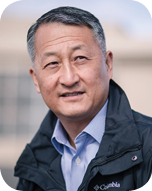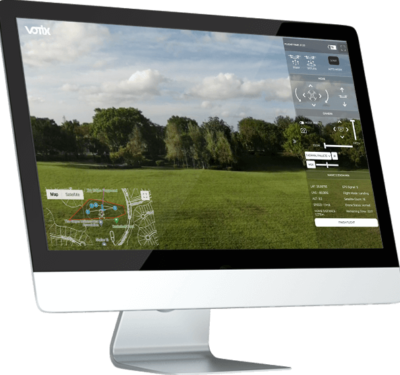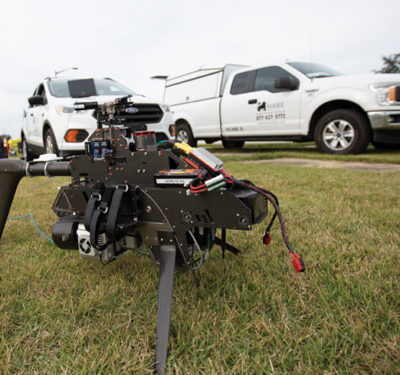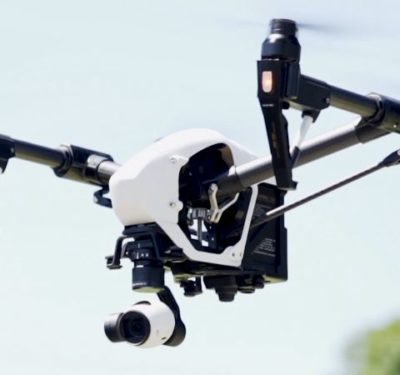
Q: Your firm is using drone-gathered data in conjunction with satellite data and other information to forecast crop yields for large companies. How did you settle on that approach?
A: There was a time when we and the customer realized that the imagery from drones simply wasn’t solving a big problem for them. So we took a step back and we asked the question: Since you know our capabilities, if we had to start over, what would you want us to solve? And that’s what started us from being technology-centric—like with drone imagery—to customer-problem- centric. …And so they asked us if we could initially solve the yield estimation problem, at the field level. …And it turned out that drone imagery was just one of 150-some data layers that we need to interconnect to be able to create this precise yield estimate at the field level. …We’ve reduced the number of data layers, but still it’s in the several dozens of data layers that we bring in.
Q: Why do this at the field level?
A: Once you can do yield estimation accurately at the field level then you can do many, many other derivative parameters that have significant economic value to the end user—for example, if you can know ahead of time not only how much yield you’re going to get but when you should harvest specific fields based on that prediction. So yield optimized harvest scheduling is of significant value to certain customers that have, let’s say, 60 harvester combines, lots and lots of moving parts—people, transportation, logistics—and all of that can now be pre-optimized before harvest even begins.
Q: If you had a wish list, what would you like to see?
A: So where we see the drone industry, particularly in agriculture today, is the cost of sensing is high because you’ve got small vehicles that can stay aloft for minutes, or maybe some are pushing an hour. …And then the analytics—to derive something that has impact for the end user—it has to have high economic value. Right now the analytics output from drone imagery alone, in my opinion, does not solve a significantly valued economic problem. So those two need to be flipped. So the cost of sensing has to go down and the value of the analytics must go up in order, in our opinion, for this to get wide adoption.
Q: Do you have another problem that you would like to solve?
A: Yes absolutely. And here’s where drone imagery is a contributor. …It’s not an end all, be all, but it is needed to do what we need to accomplish. That is we model the biophysical characteristics of a crop. What does that mean? …The plant takes sun energy—light—absorbs that, goes through the photosynthetic process and creates sugars and biomass. …If you can model that…then now you can generalize that over a wider field area without imaging the entire field.
Q: Are you trying to develop a model such that you can change inputs to see what happens?
A: Once you can do yield estimation accurately at the field level then you can do many, many other derivative parameters that have significant economic value to the end user—for example, if you can know ahead of time not only how much yield you’re going to get but when you should harvest specific fields based on that prediction. So yield optimized harvest scheduling is of significant value to certain customers that have, let’s say, 60 harvester combines, lots and lots of moving parts—people, transportation, logistics—and all of that can now be pre-optimized before harvest even begins.






